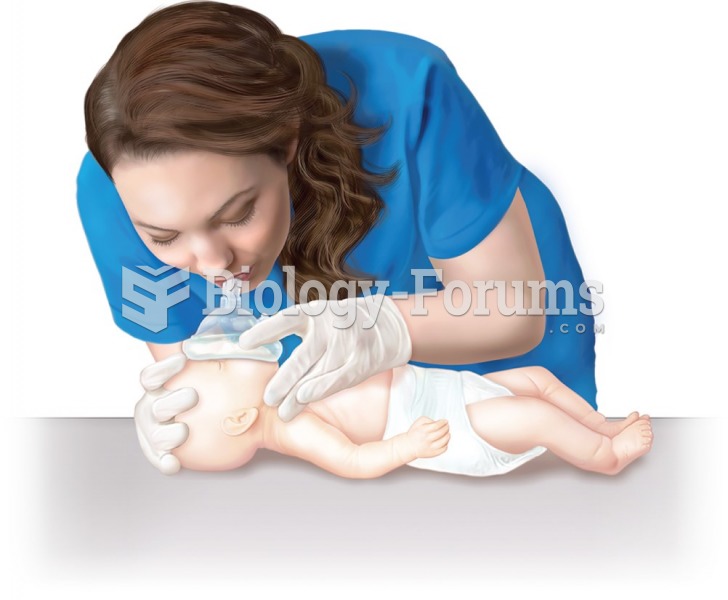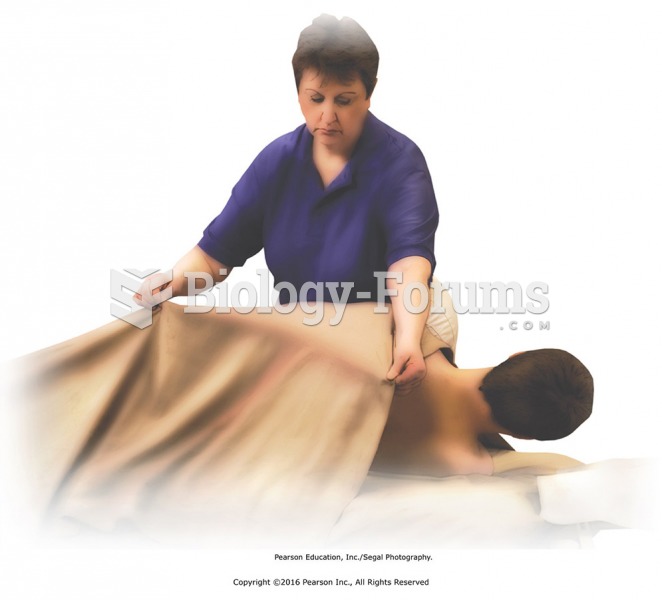Answer to Question 1
3
Explanation:
1. Omphalocele is a herniation of abdominal contents into the base of the umbilical cord. Positioning on the abdomen would be detrimental. Hydrocephalus is not associated with omphalocele.
2. Gastroschisis is a full-thickness defect of the abdominal wall, resulting in the abdominal organs' being located on the outside of the body. Positioning on the abdomen would be detrimental. Hydrocephalus is not associated with this condition.
3. Myelomeningocele is a neural tube defect in which the meninges and spinal cord are exposed. Surgical repair is undertaken to prevent encephalitis. Meticulous cleaning of the perineum helps prevent infection. The infant is positioned prone to prevent pressure on the defect. Hydrocephalus often is present.
4. Diaphragmatic hernia is incomplete formation of the diaphragm, resulting in bowel and sometimes stomach extending upward through the defect and being located in the chest cavity. Respiratory distress is the primary symptom. Surgical repair is required for normal respiratory function if the lungs have not been compromised by crowding from abdominal organs. Positioning should be high Fowler to facilitate respiratory efforts. Hydrocephalus is not associated with this condition.
Answer to Question 2
1, 4, 5
Explanation:
1. The primary goal of the neonatal nurse is to identify cardiac defects early and initiate referral to the healthcare provider. One of the most common manifestations of a cardiac defect is cyanosis.
2. An abdominal bruit is not a sign of a cardiac defect in a newborn.
3. Peripheral pulses are not assessed to determine the presence of a cardiac defect in a newborn.
4. The primary goal of the neonatal nurse is to identify cardiac defects early and initiate referral to the healthcare provider. One of the most common manifestations of a cardiac defect is signs of heart failure.
5. The primary goal of the neonatal nurse is to identify cardiac defects early and initiate referral to the healthcare provider. One of the most common manifestations of a cardiac defect is the presence of a heart murmur.







